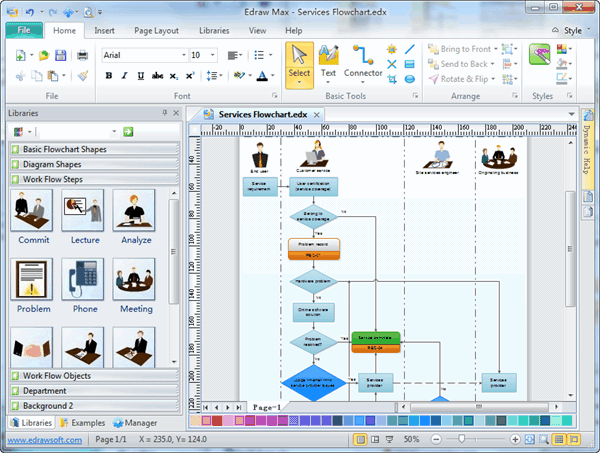Image source: http://www.popularwoodworking.com/wp-content/uploads/9851_5F00_joinshelves31.jpg
If you've quickly discovered a new-found appreciation for carpentry and woodworking, a biscuit joiner might just be the tool you'll be interested in. Aside from the usual hammers, screws and nails, wood craft has actually evolved to include some highly skilled tools and equipment that makes woodworking easier. If you're not looking into woodworking as a full-time job option, then knowing a few things about it won't hurt, especially if you want to become an all-around handyman in your home. Being acquainted with just the basics about tools, processes and learning to use them can save people lots of time and money. To start off, here are some of the continuously asked questions (and corresponding answers) about biscuit joiners.
What are biscuit joiners?
Biscuit or plate joiners are woodworking tools used to connect two pieces of wood boards. The general idea is two slots are cut into the sides of the panels facing each other using the biscuit joiner. A biscuit, which is a thin piece of squeezed wood shavings, is generously soaked in wood glue and injected into the slots to join the individual panels. In the process, the biscuit expands and creates a very strong bond between the pieces of wood. Biscuits come in a variety of popular capacities to match the depth and width of blade of biscuit joiners.
Where did biscuit joiners come from?
Hermann Steiner, a Swiss carpenter, invented the biscuit joining techniques during the 1950s. It was by pure happenstance, while hunting for a way to join hardboard, that he thought of the four-step Lamello wood joining system: groove cutting, gluing, joining, and finally clamping. Ultimately, there came further improvements such as the use of the round saw and the creation of the first stationary biscuit joiner. The handheld variation accompanied soon thereafter. Steiner's legacy proceeded with the incorporation of the family carpentry operation into Lamello AG, which to this day continues the tradition of producing some of the excellent biscuit joiners in the industry.
What are the uses of biscuit joiners?
The main job of biscuit joinery is to join and combine boards or sheet products. It's not wholly limited to solid wooden panels as it can also be used to connect particle boards and fiberboard. There are also specialty biscuits in the market made of steel connectors or hinges, even removable panels, to fit many types of carpentry demands.
A small amount of particular uses even include aligning sheets or panels, and butt joints. For example, when assembling a tabletop, drawers, or even door and window casings. Joiner biscuits can't generally be utilized to exchange typical joinery all the time, particularly if the wood is substantial and dense, but can be relied upon if the pieces are light. Biscuits also assist with aligning boards during glue-ups.
What are the different companies of biscuit joiners?
Aside from Lamello, there are also other companies that make biscuit joiners. Porter Cable, Makita and Dewalt are simply some of them. They even carry versions with interchangeable blades. Festool is another manufacturer that produces something similar to a biscuit joiner.
